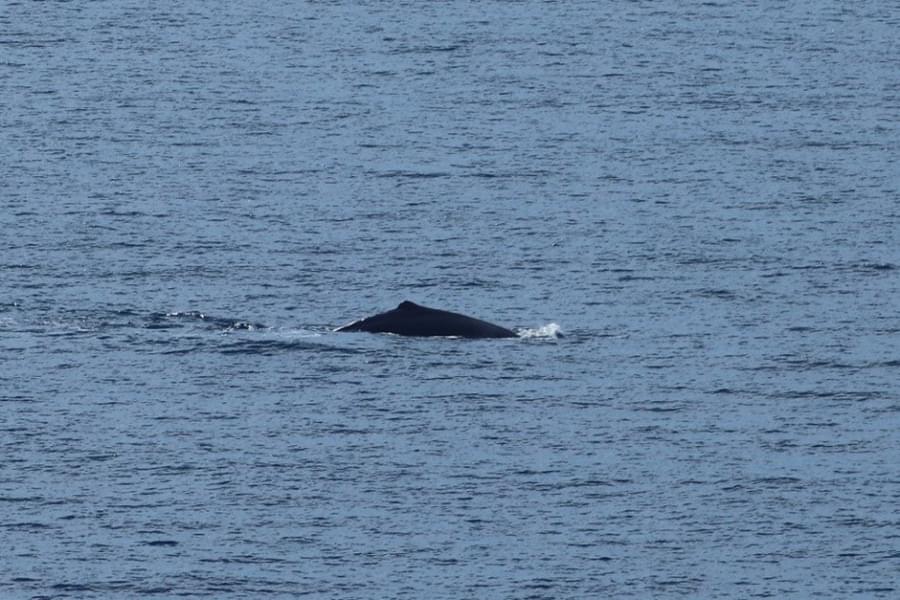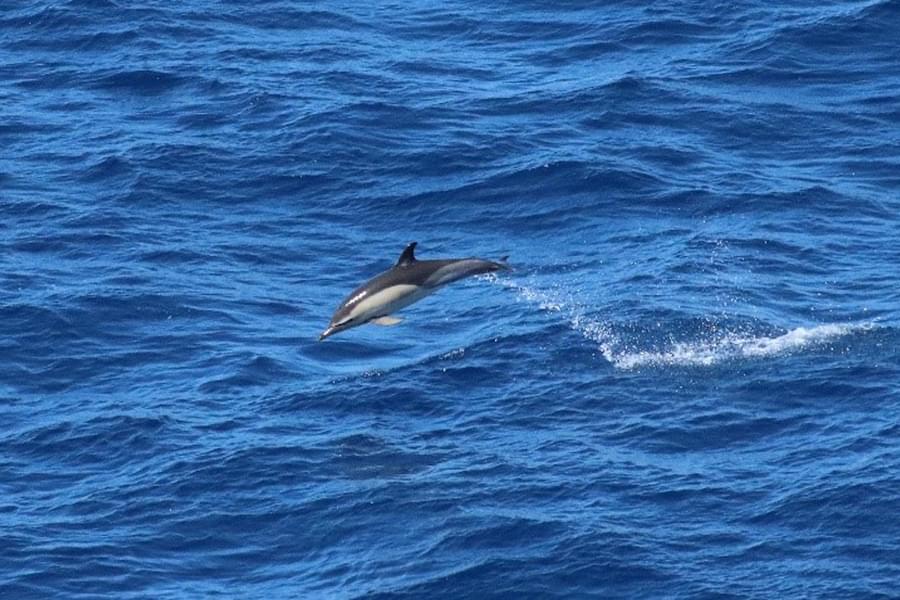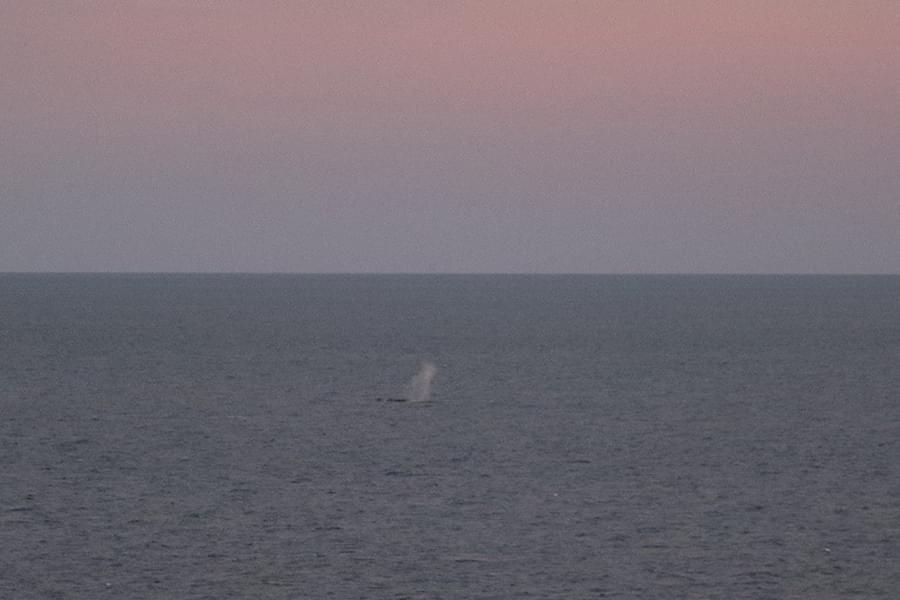I have just finished my first rotation on the Brittany Ferries Galicia, and I can safely say that it was two weeks I will never forget!
As I boarded the Galicia in Portsmouth with precautionary sea sickness tablets in tow (thankfully they remained unopened in my bag for the duration of the trip), I wondered how many whale and dolphin species I might be lucky enough to see over the next two weeks. The answer, it turns out, was a lot.
Common dolphins were by far the most frequently seen species, with sightings on most, if not all, trips. Guests would often tell me that they saw them out of the restaurant window whilst they were eating dinner (pretty idyllic if you ask me) and it became clear that, no matter how many times you have seen dolphins before, it never gets old! Common dolphins are incredibly agile animals, being able to swim at over 30 mph, and seeing them leap out of the water alongside the boat is so impressive.
Towards the end of my first week on board, we came across the largest member of the dolphin family – an orca! Orcas, also known as killer whales, are not actually whales but the biggest species of dolphin, growing to 10 metres in length. Although the orca was foraging very far out from the boat, the tall straight dorsal fin was unmistakeable (the dorsal fin of an adult male orca can reach 2 metres in height!). This was the first time I had ever seen an orca and so it was a very special moment. There were so many guests out on deck enjoying the sunshine and I was very happy that they got to share this experience with me.
Just when I thought the trip could not get any better, a few days later we had a particularly unforgettable evening on the way to Santander. In the space of a couple of hours, just after we crossed the continental shelf edge, we saw numerous pods of common dolphins, five pilot whales (like killer whales, pilot whales are also actually dolphins), three Cuvier’s beaked whales and five fin whales. There were so many enthusiastic people out on deck and the atmosphere was fantastic. What made it even better was that I was able to share these amazing sightings with two ORCA marine mammal surveyors who were on board.
To round off the two weeks, on the final journey back from Santander, we saw several sperm whales ‘logging’ (lying inactive at the surface to rest) near the boat. As we approached the animals, the first thing I noticed was the angled blow – a sperm whale’s blow hole is positioned on the front left side of its head, meaning that the blow comes out to the left of the animal at a 45° angle. This characteristic is unique to sperm whales and, after demonstrating several angled blows for us, one of them raised its tail for us and did a deep dive. What a perfect end to the trip!
As I sit here writing this at home, I still cannot believe how lucky I have been and, whilst I am so happy to be reunited with my dogs, I am already thinking about being back on the Galicia and wondering what the next rotation will bring!
Ocean Conservationist Maria (Bay of Biscay)



